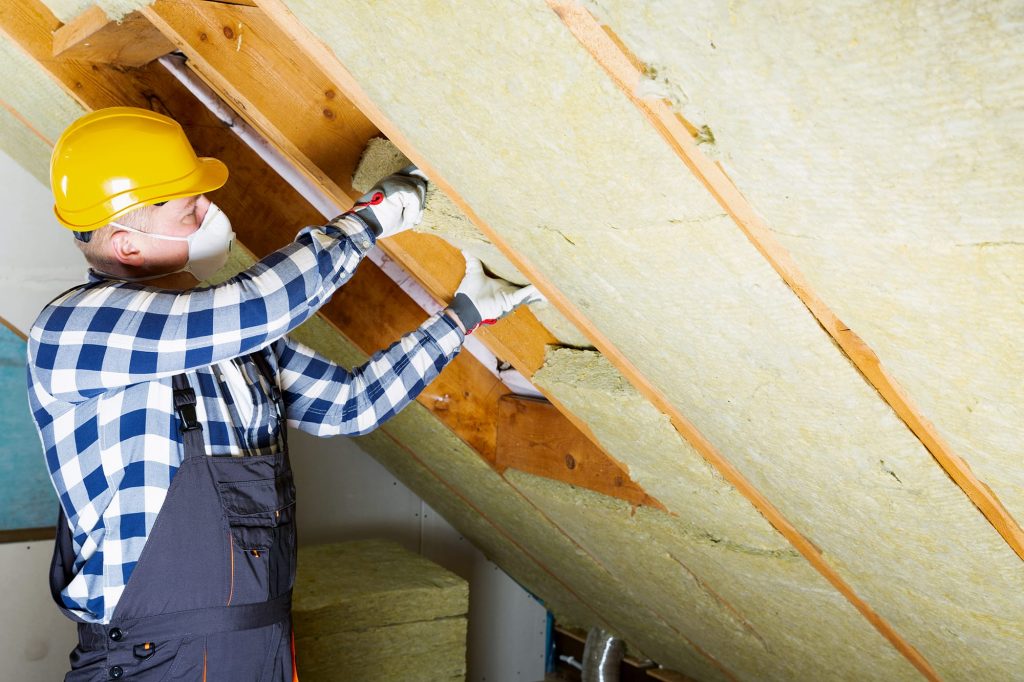This is one barrier you should definitely set.
We all have to set boundaries in life. How many hours to put in at the office? How far to live from your relatives? How long to let the in-laws stay on their next visit?
But there’s one important boundary you almost certainly haven’t considered: how to define your home’s thermal boundary.
Now if you’re like most people, you probably didn’t know that thermal boundaries even existed. But they can and do play a huge role in your life, because they are one of the main reasons your house’s temperatures feel consistent and comfortable, or not. In this article we’ll explain what thermal boundaries are, how they matter, and how you can set some for yourself.
A thermal boundary is the dividing line between “inside” and “outside”
You don’t want to be paying to heat and cool spaces you don’t live in, right? Your attic and your garage, for example, should therefore likely be considered “outside” your thermal boundary. The main living areas of your home should always be considered “inside” your thermal boundary.
A thermal boundary is created by air sealing and insulating the areas (like walls and ceilings) that are meant to divide the interior from the exterior.
You can define a thermal boundary in a few different ways, the trouble is that in most houses the line just hasn’t been clearly drawn at all. This means you wind up with inside areas that are technically outside the boundary, and stuffy rooms, cold floors, and drafty hallways to show for it.

What happens without good thermal boundaries?
It can be hard to see problems with your thermal boundary. But you can certainly feel them.
Here are some areas where thermal boundaries tend to get, well, crossed:
- Garage ceiling/wall: If you have a bedroom above an uninsulated garage ceiling or next to a garage wall, the room where you sleep every night is, for all intents and purposes, outside the home. No wonder it’s freezing in winter and a sauna in summer.
- Attic floor: Holes from plumbing, electrical, lighting and chimneys create a lot of unnecessary airflow in and out of your attic. Insufficient insulation means that the spaces below your attic have a hard time staying cool in the summer, and allow heat to escape in the winter.
- Foundation perimeter: Cracks at the foundation let cold air infiltrate, making floors feel freezing in the winter.
- Walls: Insufficient wall insulation makes walls feel cold or hot to the touch, depending on the season.
Because of poor thermal boundaries, many people carry on suffering season after season, year after year, thinking that’s just how their house is. Or they buy bigger furnaces and air conditioners, thinking that will do the trick. But if you have problems with your thermal boundary, a bigger furnace will only burn up more of your fuel and money.
How can you set healthy thermal boundaries?
Defining a thermal boundary is a crucial step toward creating temperature consistency in you home. It can also result in a huge decrease in your home’s energy use.
At Sealed, we help customers through the process of fixing uneven temperatures every day—and we guarantee the work, too.
Want to learn more about setting the right thermal boundaries for your home? Let’s talk!
Call Sealed at 917-382-3729 or take our fun, 2-minute quiz to see if you qualify to work with Sealed.